Best Instant Dashi: Powdered, stock or even vegan dashi reviewed
Dashi is a Japanese soup stock or cooking stock used in a variety of Japanese dishes and it’s quite hard to make.
Not to cook it mind you, that part’s easy, but to get the right ingredients.
That’s why instant dashi granules are so great to use.
When making a Japanese soup, you want to start off with an easy-to-dissolve dashi powder like the Ajinomoto Hon Dashi (Soup Stock) because it’s full of umami flavor and goes well with almost anything.

In this post, I’ll be sharing the best instant dashi granules you can buy.
Here’s a quick overview of the options:
| Instant Dashi brand | Images |
| Best Dashi powder: Ajinomoto Hon Dashi (Soup Stock) | 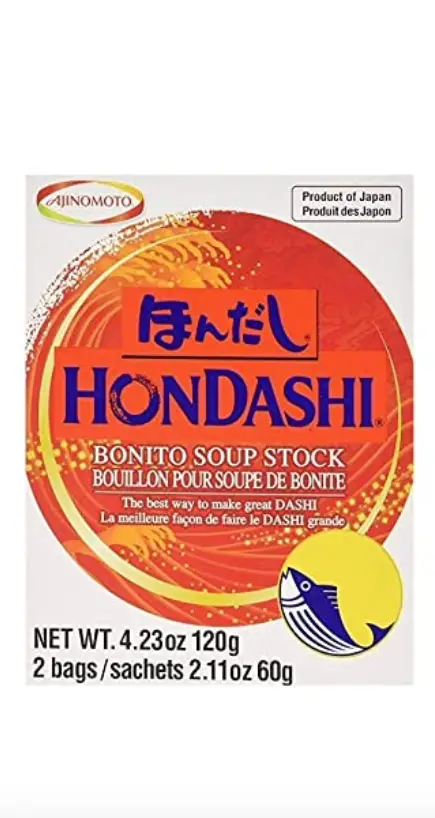 (view more images) |
|
Best vegan Dashi powder: Muso From Japan Umami Broth | 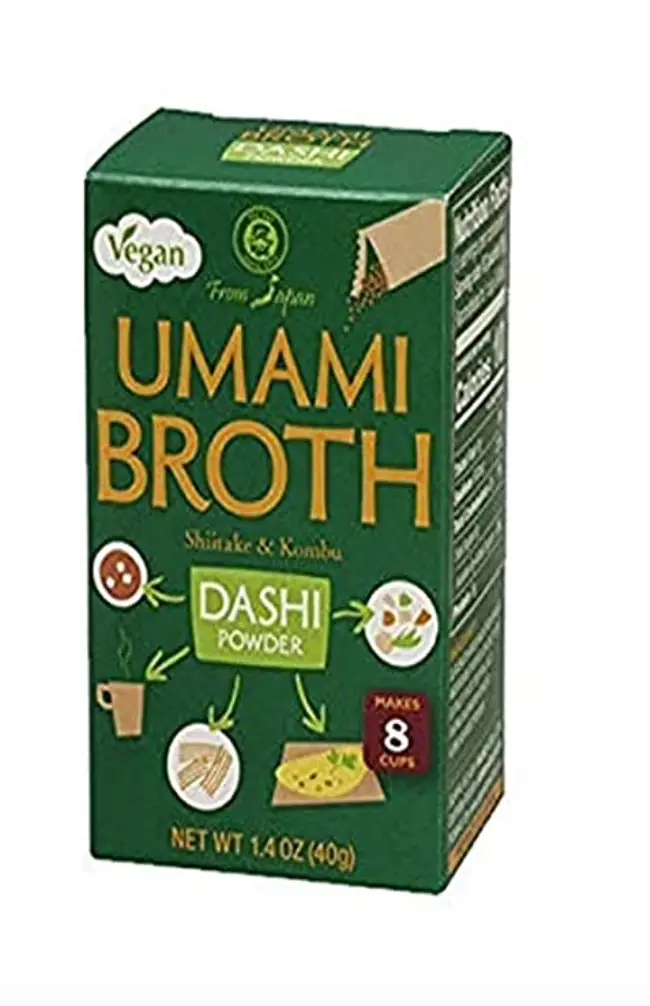 (view more images) |
|
Best miso paste with Dashi: Hikari Organic Dashi Miso Paste | 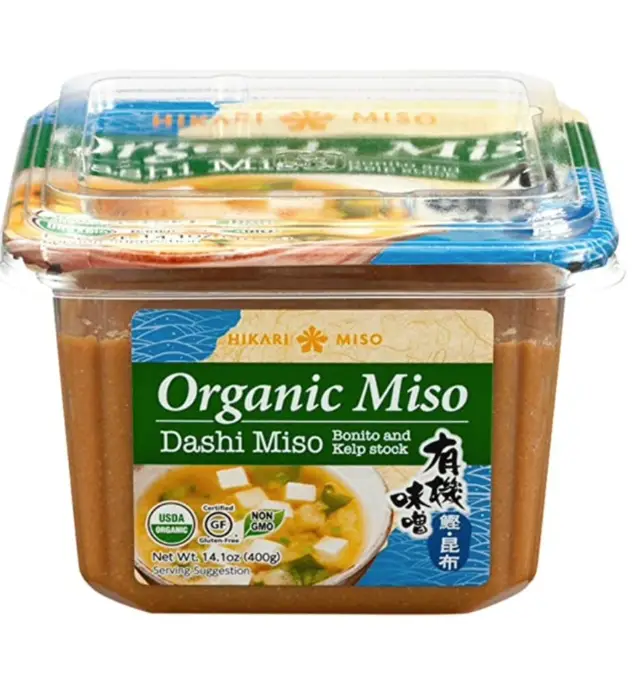 (view more images) |
| Best mushroom Dashi stock powder: HYOSHIRO Original | 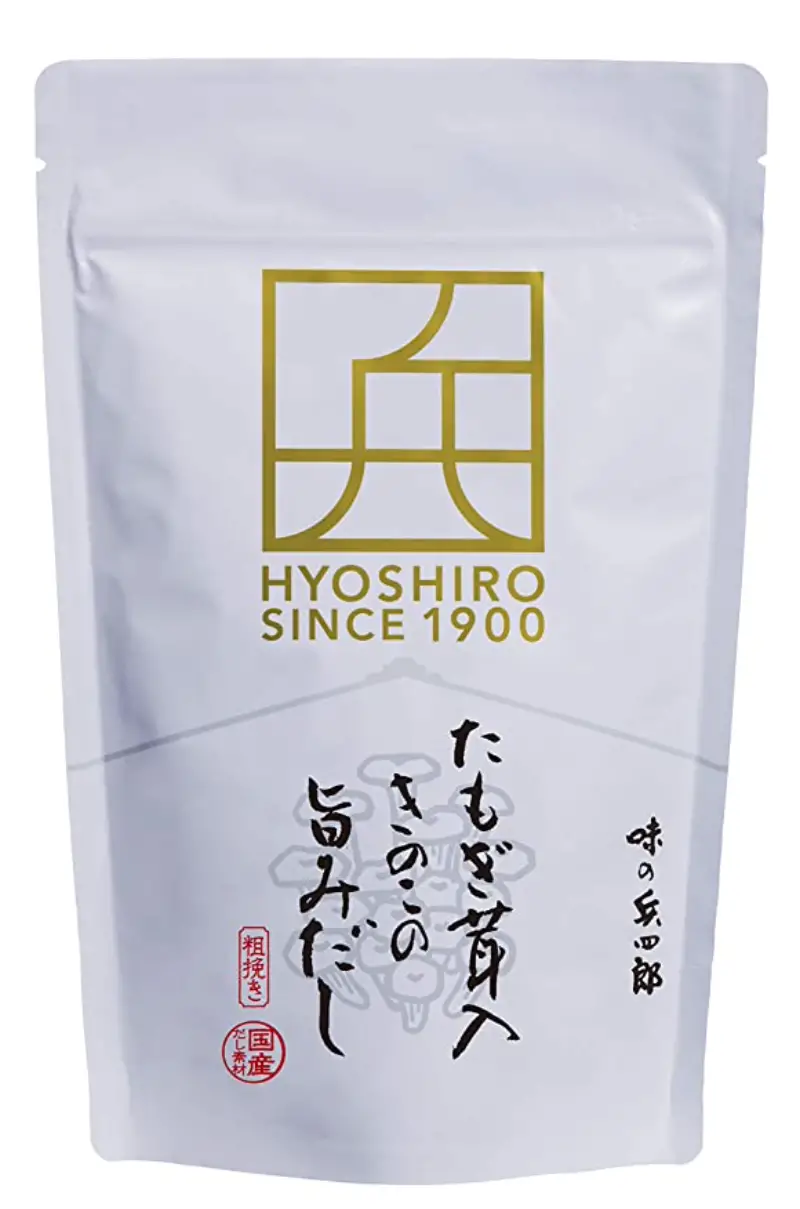 (view more images) |
| Best kombu Dashi powder with no MSG: Shimaya Vegetarian Soup Stock | 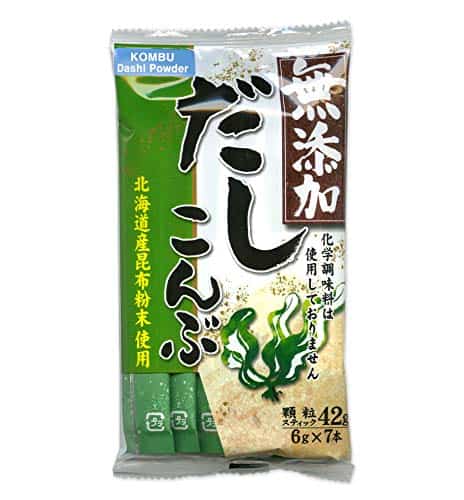 (view more images) (view more images) |
| Best Dashi soup base: Kikkoman Concentrated Hontsuyu | 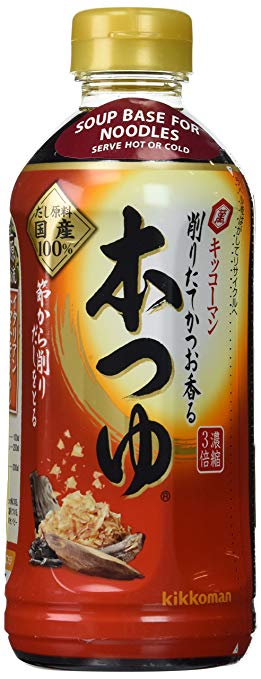 (view more images) |
| Best gluten-free dashi granules: Kinjirushi | 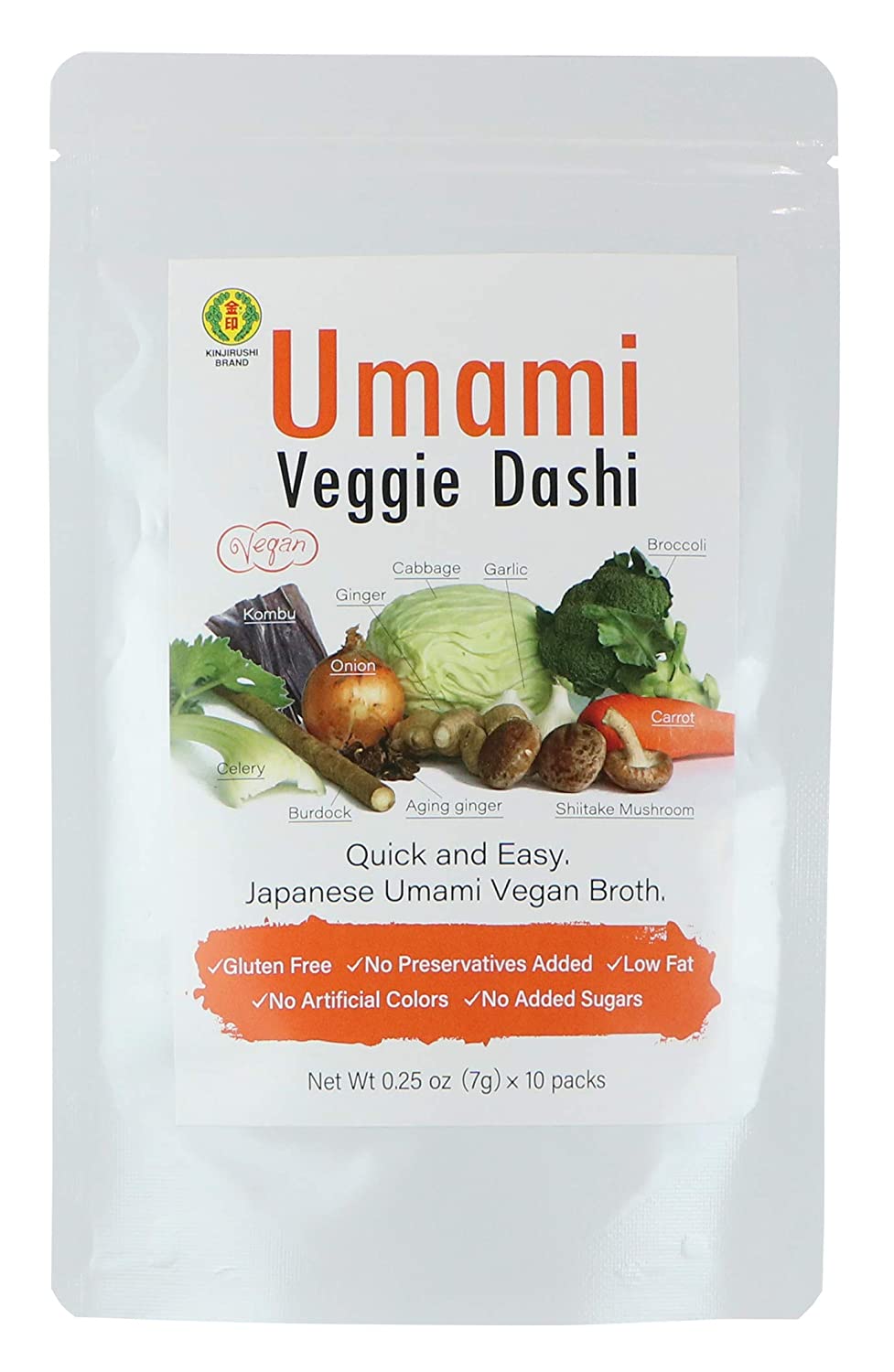 (view more images) |

Check out our new cookbook
Bitemybun's family recipes with complete meal planner and recipe guide.
Try it out for free with Kindle Unlimited:
Read for freeIn this post we'll cover:
- 1 Best instant Dashi granules online
- 1.1 Best Dashi powder: Ajinomoto Hon Dashi (Soup Stock)
- 1.2 Best vegan Dashi powder: Muso From Japan Umami Broth
- 1.3 Best miso paste with Dashi: Hikari Organic Dashi Miso Paste
- 1.4 Best mushroom dashi stock powder: HYOSHIRO Original
- 1.5 Best Kombu Dashi Powder with No MSG: Shimaya Vegetarian Soup Stock
- 1.6 Best Dashi soup base: Kikkoman Concentrated Hontsuyu
- 1.7 Best gluten-free dashi granules: Kinjirushi
- 2 Dashi Granules FAQs
- 3 Takeaway
Best instant Dashi granules online
You can buy dashi in Asian grocery shops but there are cheap options online. Let’s take a closer look at each of these options:
You can always make Dashi yourself, or use one of these (even vegan) flavor substitutes. But there is also ready-made dashi powder or in some other form that is readily available in online stores and sometimes in local groceries near you.
They are cheap, easy to prepare, and they last long for many occasions where you can make up to 2 dozen dashi stocks per bottle or pack.
Instant dashi is a time-saver and meal-saver. It makes cooking so much easier because all you have to do is mix the powder with hot water to get a flavorful broth.
But they do have some disadvantages and the most notable one is that they tend to not make the perfect blend that raw materials do, so you may only get 70% of the right flavor (umami) if you’ll use these things.
However, some customers who used it say that come manufacturers come very close in replicating the dashi stock savory flavor umami.
Best Dashi powder: Ajinomoto Hon Dashi (Soup Stock)
Praised for its accurate umami savory flavor, this dashi stock powder from Ajinomoto uses a unique blend of ingredients to help you make the perfect dashi stock even if you have no experience in making it. This is the true kelp and bonito flavor you’re looking for in a soup base.

The main ingredients are dried bonito flakes, kelp, salt, soy sauce, and a few other preservatives. This dashi stock contains MSG (Monosodium glutamate) and yeast extract but most Japanese stocks do.
Now you can cook any Japanese soup, broths, and stews with the Ajinomoto Bonito-dashi stock powder and replicate that accurate taste from traditional Japanese cuisines. Ajinomoto has been a household name since WWII.
Use 1 packet of this dashi stock powder for every 2 cups of water to mix it with any recipe that requires dashi in it.
You don’t need to open the packet, just use it like a tea bag and add boiling water to create your broth.
You can get the Ajinomoto Dashi powder here
Best vegan Dashi powder: Muso From Japan Umami Broth
Vegan dashi is not made with fish (normally bonito flakes), but with just one or more of the other ingredients like kombu or shiitake which still gives it enough umami flavor. There are several dashi recipes that don’t use bonito flakes, although it is the most common.
This Japanese stock is packaged in small pockets (envelopes) and you simply place it in water and you’ve got that tasty umami taste.

Although they did ground it to become a powdery substance, this dehydrated soup base is made from fresh vegetables with no other additives.
The ingredients include Oligosaccharide (made from tapioca and/or sweet potato), sea salt, test extract (yeast, dextrin, salt0, shiitake mushroom powder, kombucha seaweed powder). There is no MSG but does contain yeast.
The vegan dashi is ideal for sautéing or vegetable stew with rice, any stir-fried recipes, soba or udon noodles, and rice nigiri.
Enjoy the best of dashi broth on any meal while also benefiting from its nutrient-rich ingredients!
Check out the latest prices here on Amazon
Best miso paste with Dashi: Hikari Organic Dashi Miso Paste
When you want to get the most flavor out of dashi stock, a paste offers that intensity. This is a great miso paste with dashi, so it combines two popular soup base flavors.

What sets this dashi apart is that it’s made with fermented miso paste. It combines five types of dashi for a stronger flavor.
Therefore, you don’t need to use as much to get all that yummy aroma.
The ingredient list is pretty natural and contains: Organic Soybean Paste, Water, Alcohol, Salt, Yeast Extract, Dried Bonito Powder, Kelp Powder, Dried Frigate Mackerel Powder, Dried Anchovy Powder, Dried Scad Powder.
This product is organic, gluten-free, and non-GMO but it does contain yeast extract.
Best mushroom dashi stock powder: HYOSHIRO Original
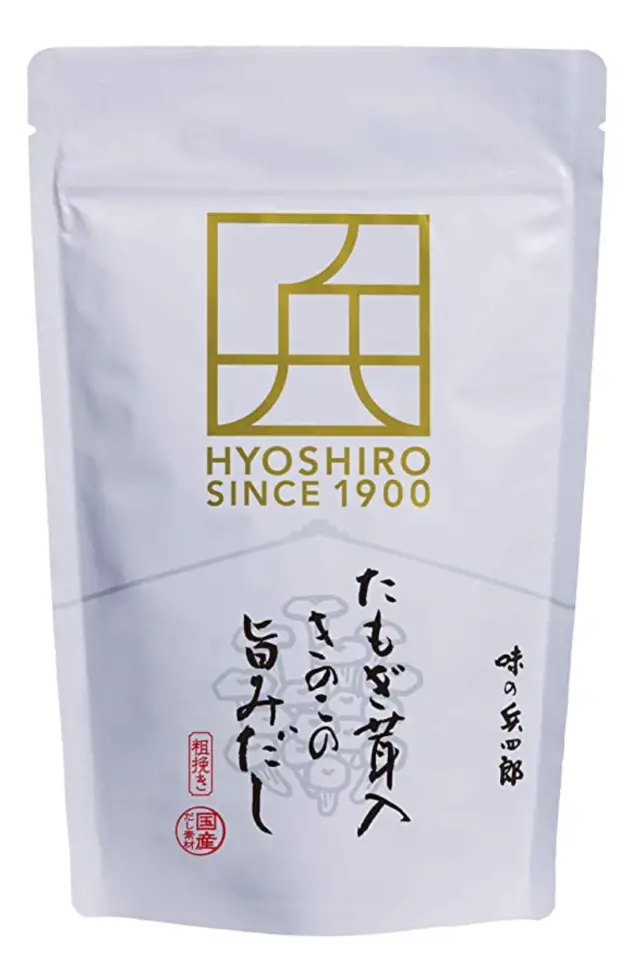
This ready-made dashi stock is made of some rare mushrooms, including tamogi (phantom mushrooms) which are only available in some parts of Hokkaido during the summer. These are the original dashi mushrooms, not shiitake.
But, this mushroom base also contains shiitake and kelp which adds a subtle sweetness and a richer flavor.
The powder also contains an antioxidant called ergothione and an immune booster called β-glucan. It’s overall the healthiest packaged dashi stock.
It will taste great in noodle soup, meat stew, and rice dishes.
The shitake mushroom has been used by Japanese cooks and chefs for thousands of years on both traditional and modern Japanese delicacies. You’ll find it in the likes of nabe hot pots, tempura, yakiniku, stir-fries, and miso soup.
Just soak it in water for 30 minutes or so and then strain it with a sieve and the resulting liquid will be your shitake dashi stock.
It offers that intense mushroom taste you’re probably after if you prefer mushrooms over kelp.
Also read: you can buy the katsuobushi, dried bonito flakes for dashi in bags
Best Kombu Dashi Powder with No MSG: Shimaya Vegetarian Soup Stock

This is the dashi powder many people prefer because it does not contain MSG. It is also vegetarian and tastes great. It is made from premium kelp and kombu for great umami flavor.
This product is a popular dashi on Amazon because it is free from MSG, which is a controversial additive in many foods. It is classified as an excitotoxin, which stimulates nerve cells.
Check availability and prices here
Best Dashi soup base: Kikkoman Concentrated Hontsuyu
The ultimate Japanese seasoning – Kikkoman Concentrated Hontsuyu Soup Base!

Kikkoman always makes the best sauces and other seasonings and this one is as good as any of their best-selling products.
This hontsuyu soup base is made from bonito, sardine, and soda bonito fish flakes which give it an aggressive flavor (4x concentrated) that makes a great dashi stock suited for dishes like noodles, stews, stir-fries, nabe hot pots, and as a dressing or seasoning for other non-soup recipes.
The tsuyu (more about that here) is made from a combination of dashi (which in this case is from fish extracts), soy sauce, and mirin.
The product contains high fructose corn syrup and MSG.
Also check out my article on the most popular Japanese food
Best gluten-free dashi granules: Kinjirushi

Kinjirushi is a completely vegan brand of dashi granules that delivers a great umami taste while still being both gluten-free and without any added sugars.
It isn’t my favorite taste of all the vegan broths, that’s why Muso is still number one, but as a gluten and sugar-free alternative it’s a great powdered dashi to try.
Here’s how to make Miso soup using any kind of instant Dashi powder or stock:
Dashi Granules FAQs
Let’s finish with some commonly asked questions about dashi powder.
Dissolve 1 teaspoon of dashi powder in 1 cup of hot water, then stir. This will give you 1 cup of dashi. You can also dissolve the dashi powder directly in your soup or other dishes that use enough liquid.
For most brands the ratio is 1:1 – so 1 cup of water, 1 teaspoon of dashi. But, always read instructions carefully because some dashi is stronger than others.
You can always dilute dashi with more water if you don’t want an intense flavor.
How do you make dashi using dashi powder?
Here’s the thing, if you use instant dashi powder, you don’t need to make it. You can either sprinkle it directly over your food for added flavor or sprinkle it into hot water or soup to give it flavor.
But, if you want to make dashi, then you dissolve the powder or cube just like I mentioned above. If you have dashi packets, then let them soak in hot water until they release the flavor.
Why should you keep instant dashi in your pantry?
Dashi stock is one of those ingredients that you can get so much use out of. It’s not only used to make soup and noodle dishes.
In fact, there are so many uses for this Japanese pantry staple that you’re sure to use dashi in all kinds of Asian and Western dishes to add more flavor to your food.
The thing is that instant dashi powder is so easy to use – simply add a tablespoon or two to water or your liquid and voila, you have a good base.
Dashi stock is very versatile because it has a milder seafood flavor with a hint of smokiness. Therefore it pairs well with all kinds of meat, seafood, and vegetable dishes. Usually, you add dashi to long-simmered broths to enhance the taste.
It can also be used to substitute other liquids in Western recipes. For example, you can use it to replace the water in polenta or shrimp sauces and even in glazes. Also, you can combine it with soy sauce for a more intense flavor.
What is Monosodium glutamate (MSG) and is it really that bad for you?
Did you know that MSG is actually a natural component in sea plants like kelp? Although people always say that it’s added to food as a flavor enhancer, it does occur naturally in some foods.
MSG in dashi stock is added to mimic the kombu’s glutamic acid. This monosodium glutamate is used as the additive that makes the dashi taste umami.
But, generally, it’s added to food as a flavor enhancer and it’s not really healthy.
Here’s what you should know though:
- MSG is a flavor enhancer
- it is usually found in Chinese and Japanese food and a lot of powders and canned foods
- there are no immediate health risks associated with eating MSG
“The Food and Drug Administration (FDA) has classified MSG as a food ingredient that’s “generally recognized as safe,” but its use remains controversial. For this reason, when MSG is added to food, the FDA requires that it be listed on the label.” (Mayo Clinic)
People often say that if you have too much MSG, it increases your risk of obesity and other metabolic disorders. However, the studies have mixed results and there is no real danger if consumed in moderation.
Some studies even claim it’s better than using salt while cooking because it contains less sodium.
If you buy packaged dashi stock, it most likely contains MSG but it’s not a big health issue.
Are dashi granules gluten-free?
Most instant dashi granules will contain kombu and katsuobushi, and while kombu is a gluten-free sea vegetable and katsuobushi gluten-free fish, packets of granules will often contain grain ingredients that do have gluten, so always check the packaging.
Takeaway
I highly recommend storing instant dashi powder or dashi packet seasoning in your pantry because it’s one of the most versatile and tasty stocks.
The dashi flavor is mild enough to suit most palates and it also offers that classic Japanese umami flavor that sets dishes apart from Western ones.
When you’re running short on time, you can always boil some water, add the dashi like the Ajinomoto Hon Dashi (Soup Stock), and then put your noodles in for a quick and delicious meal.
A good question: Can You Substitute Fish Sauce for Dashi?
Check out our new cookbook
Bitemybun's family recipes with complete meal planner and recipe guide.
Try it out for free with Kindle Unlimited:
Read for freeJoost Nusselder, the founder of Bite My Bun is a content marketer, dad and loves trying out new food with Japanese food at the heart of his passion, and together with his team he's been creating in-depth blog articles since 2016 to help loyal readers with recipes and cooking tips.
